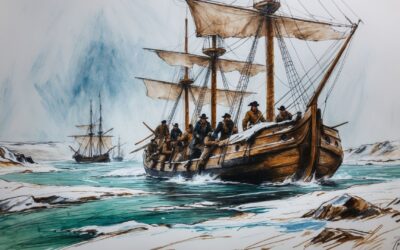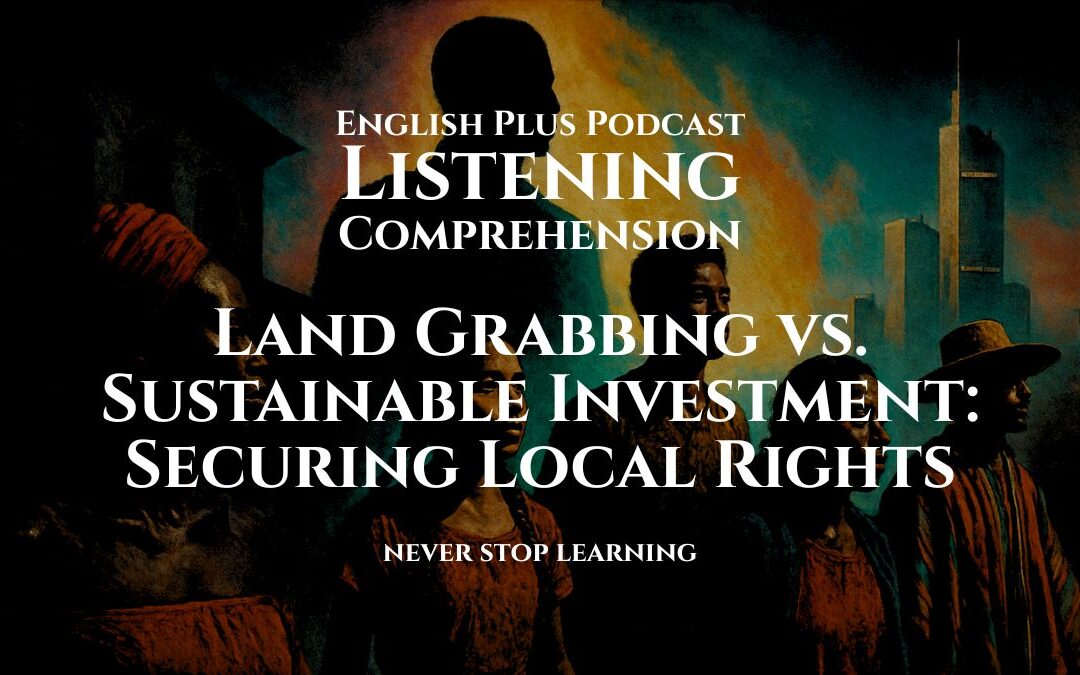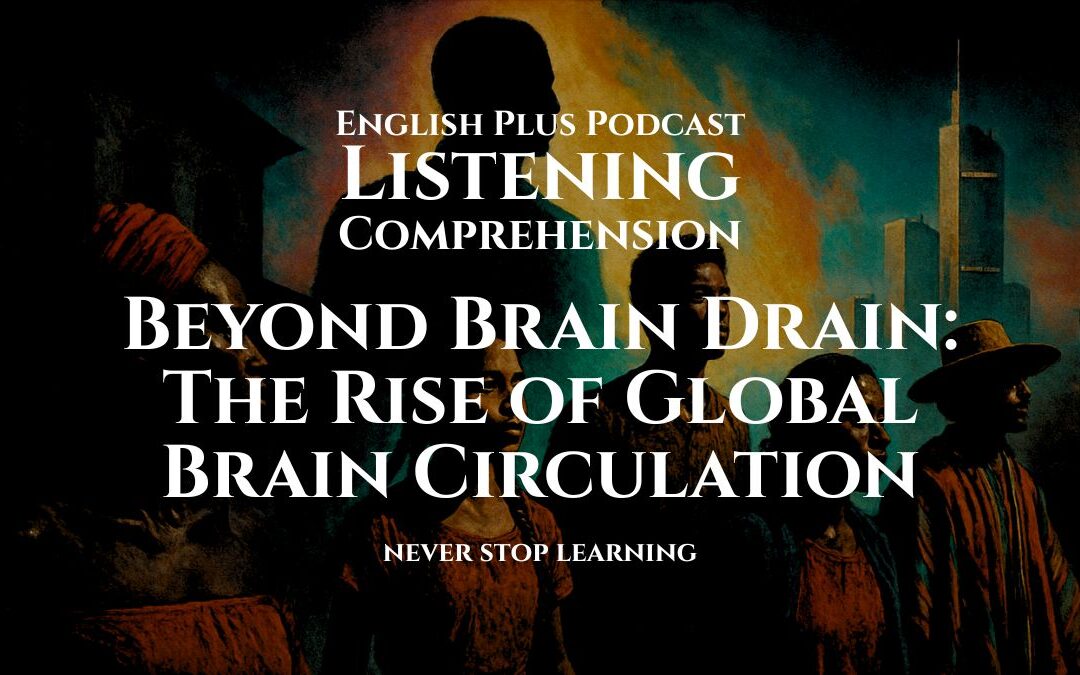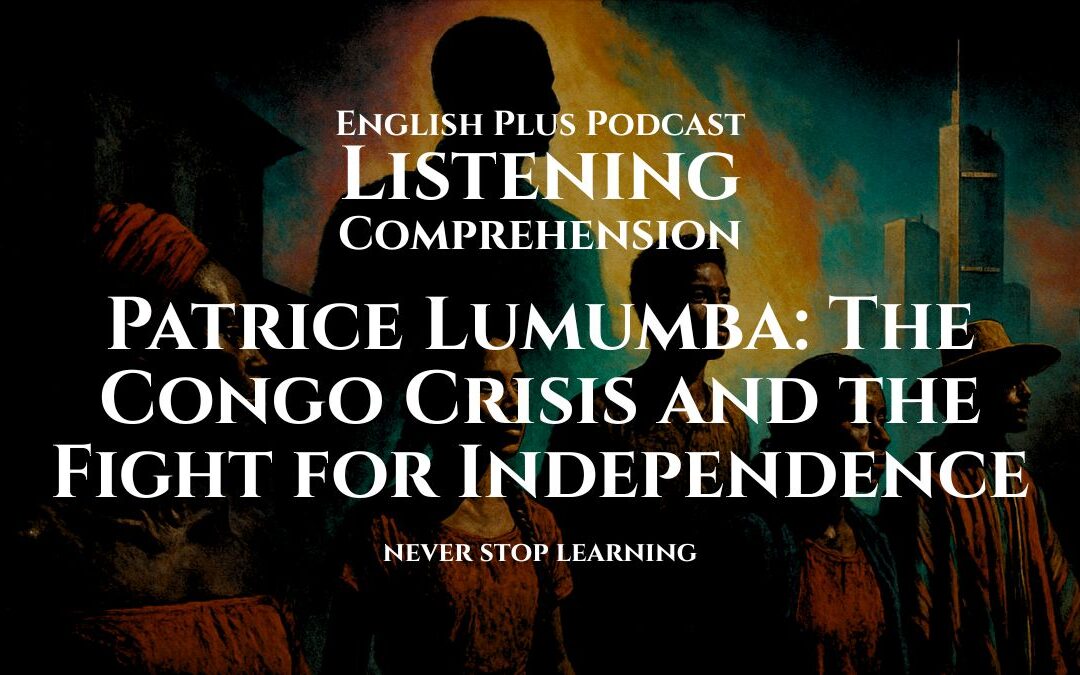The Gist
The Easter Island statues, also known as moai, are one of the world’s greatest mysteries. These massive stone figures stand as silent sentinels on Easter Island, located in the remote southeastern Pacific Ocean. But who built them, why were they created, and how were they moved across the island? These are questions that have fascinated historians, archaeologists, and travelers alike. Understanding the story of these statues not only helps us appreciate the complexity of ancient societies but also teaches us about human ingenuity, community, and the lasting impact of our actions on the environment.
The Origins of the Easter Island Statues
The construction of the moai began around the year 1400 AD by the early inhabitants of Easter Island, known as the Rapa Nui people. These statues, with their oversized heads and stern expressions, were carved from volcanic rock found on the island itself. Each statue stands an average of 13 feet tall and weighs around 14 tons, though some are much larger, with the heaviest estimated to weigh 82 tons!
Now, imagine trying to move something that heavy without modern technology. This is where the mystery deepens. The Rapa Nui managed to transport these statues across many kilometers of rugged island terrain. It’s believed that they used a system of ropes and logs, or perhaps they “walked” the statues into place by rocking them back and forth. Though theories abound, the exact method remains a topic of debate among scholars.
Why Were the Statues Built?
The purpose of the moai is just as intriguing as their construction. The statues were likely built to honor ancestors or significant figures within the Rapa Nui community. The larger-than-life size of the statues may have symbolized power or status, acting as guardians over the island’s clans. Some experts believe that the statues represented the souls of the deceased, serving as a way to keep the connection between the living and the dead alive.
These statues weren’t just individual works of art—they were part of an intricate belief system. The Rapa Nui people invested tremendous energy and resources into building these statues, which shows how deeply important they were in maintaining social order and cultural identity.
Environmental Impact and the Collapse of the Rapa Nui Civilization
The story of the Easter Island statues also offers a powerful lesson in sustainability. It’s believed that the Rapa Nui used up many of the island’s natural resources, particularly its trees, in the process of building and transporting the statues. Over time, this deforestation led to soil erosion, making it difficult to grow crops. As the environment deteriorated, the Rapa Nui society began to collapse, facing food shortages, social unrest, and eventually the fall of their civilization.
In a sense, the mystery of Easter Island isn’t just about the statues but also about how human actions can have lasting consequences on the environment. The Rapa Nui likely never imagined that their impressive achievements would contribute to their downfall. This serves as a reminder to us today about the importance of balancing progress with sustainability.
Real-Life Connections: Why This Mystery Matters Today
You might wonder, how does the story of the Easter Island statues relate to your life today? At its core, this mystery highlights two powerful themes: human ingenuity and the consequences of our actions. The Rapa Nui people demonstrated extraordinary creativity and collaboration in building these statues, showing what can be achieved through collective effort and innovation. However, their overuse of resources also serves as a cautionary tale for our modern world, where we face our own environmental challenges.
In our lives, we often undertake ambitious projects, both personally and professionally. Like the Rapa Nui, we set out with the best intentions, but it’s crucial to consider the long-term impact of our actions. Whether it’s in your community, workplace, or environment, think about how you can contribute positively without depleting resources for the future.
Take Action: Learn from the Past, Build for the Future
So, what can you take away from the story of the Easter Island statues? First, recognize the power of human creativity and collaboration. Just as the Rapa Nui worked together to build something remarkable, you, too, can achieve great things when you combine your efforts with others.
But also remember the importance of sustainability. The Rapa Nui society thrived for centuries, but the overuse of their natural resources contributed to their collapse. In our fast-paced, resource-driven world, it’s more important than ever to think long-term. Whether it’s in your daily habits or larger projects, ask yourself: Am I making choices that benefit not just today, but also tomorrow?
By reflecting on the mystery of the Easter Island statues, you can be inspired to take action in your own life—working toward goals that honor both creativity and sustainability.
Expand Your Vocabulary
- Moai: These are the giant stone statues on Easter Island, created by the Rapa Nui people. In everyday English, you might use the word “moai” to refer to something monumental or awe-inspiring. For example, “That building looks like a modern-day moai, standing tall and unmovable.”
- Volcanic Rock: This is the material from which the moai were carved. In everyday life, volcanic rock is often used in landscaping or construction. The term can also be used metaphorically, like when someone is described as having “volcanic energy” or being “steady as a rock.”
- Deforestation: This refers to the clearing of forests, often leading to environmental issues like erosion or loss of biodiversity. In everyday discussions, deforestation is a global concern. For example, “The deforestation in the Amazon is affecting the world’s oxygen levels.”
- Sustainability: Sustainability refers to practices that ensure resources are used in a way that they are not depleted for future generations. In daily life, sustainability is becoming more relevant, especially in discussions about the environment and responsible consumption. For example, “Using reusable bags is a small but significant step toward sustainability.”
- Ancestor: An ancestor is a person from whom one is descended, often many generations back. In modern conversation, people might talk about their ancestors when exploring family history or traditions. For example, “I learned that my ancestors came from Ireland in the 1800s.”
- Erosion: Erosion is the gradual wearing away of the earth’s surface by natural forces like wind or water. In a broader sense, the word can be used to describe the breakdown of other things, such as relationships or trust. For example, “There has been an erosion of trust between the company and its customers.”
- Collaboration: This means working together with others to achieve a common goal. In daily life, collaboration is essential in workplaces, schools, and community projects. For instance, “The success of the project was due to excellent collaboration between all departments.”
- Cultural Identity: This term refers to the shared characteristics, traditions, and beliefs that define a group of people. In modern conversation, cultural identity often comes up when discussing diversity and heritage. For example, “Food is a big part of my cultural identity.”
- Rugged: This describes terrain that is rough, uneven, and difficult to traverse. In everyday language, “rugged” can also describe a person who is tough or resilient. For example, “He has a rugged personality, never backing down from a challenge.”
- Ingenuity: Ingenuity refers to cleverness, originality, and inventiveness. It is often used to describe creative problem-solving. For instance, “Her ingenuity in designing the new app saved the company time and resources.”
Let’s Talk
- The Rapa Nui used great ingenuity and collaboration to build the Easter Island statues. Can you think of a time when teamwork helped you achieve something you couldn’t have done alone?
- The deforestation on Easter Island contributed to the collapse of the Rapa Nui civilization. How do you think we can learn from their experience when it comes to modern environmental issues?
- Why do you think the Easter Island statues were so important to the Rapa Nui people? What objects or monuments do we, as a society, place similar importance on today?
- The statues represent the ancestors of the Rapa Nui. How do your cultural traditions or family history play a role in your identity?
- How does understanding the downfall of the Rapa Nui civilization help us think about sustainability in our own lives?











0 Comments